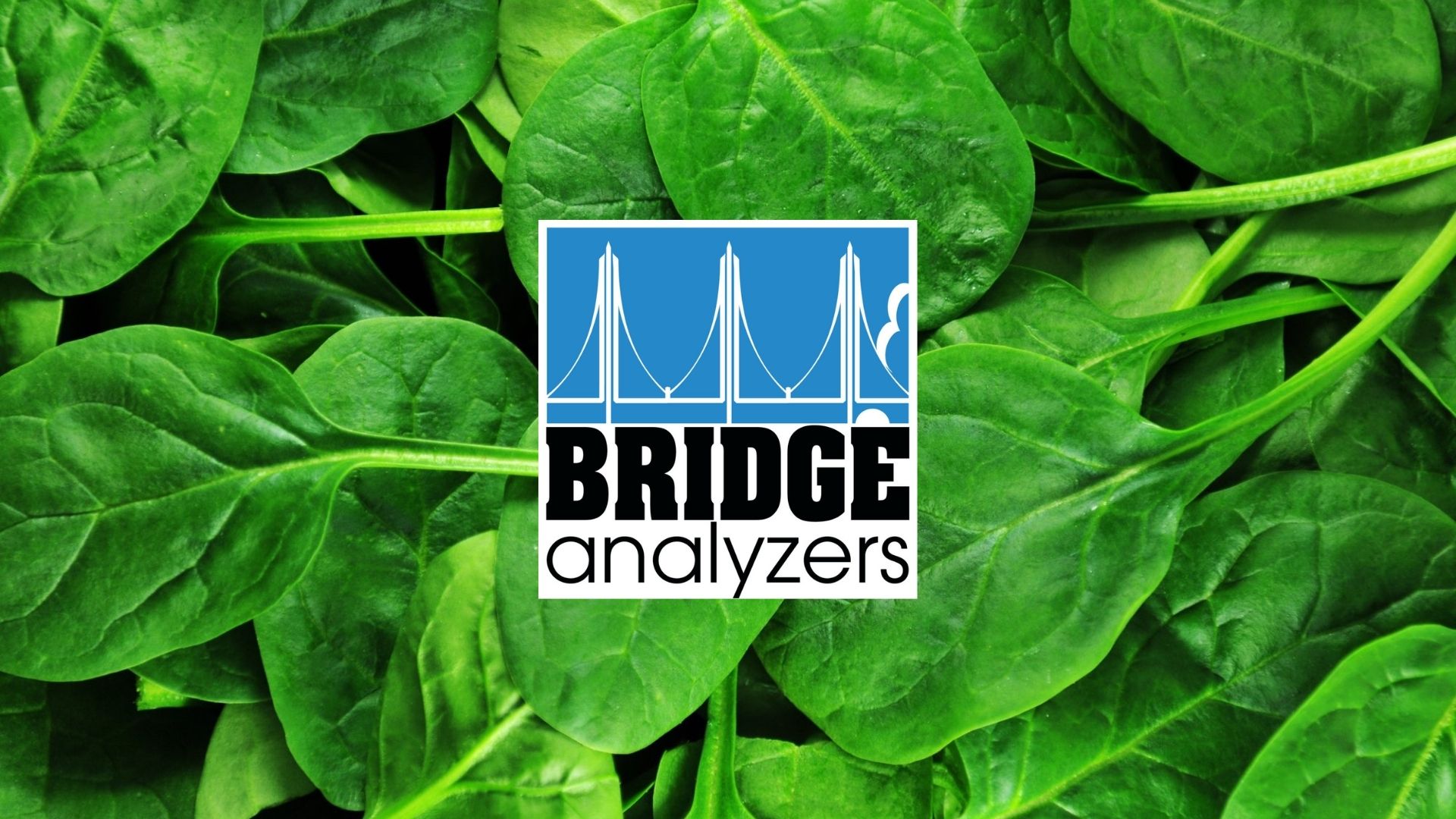The Health Benefits of Leafy Greens
Leafy green vegetables are one of the most nutritious foods that you can eat. Salad greens, spinach, kale, bok choy, these greens are just some of the leafy green vegetable varieties that are full of vitamins A, C, E, and K. These greens also contain an abundance of antioxidants that help to protect cells and even prevent the early stages of cancer. With high amounts of fiber, iron, magnesium, potassium, and calcium; and very low carbohydrate, sodium, and cholesterol levels, leafy greens might just be the healthiest thing you can eat. The question is not about whether you should eat your leafy greens or not, the question is how to keep them fresh until you eat them.
Thankfully the food industry has been developing new technologies to help keep leafy green vegetables fresh until they reach the consumer. Leafy greens are tricky due to the fact that they continue to respire after being harvested, and will continue to respire even after they are packaged. Because of this a variety of technological developments have gone into extending the shelf-life of leafy greens and keeping the fresh for the consumer.
Respiration, Leafy Greens, and MAP Packaging
How are leafy greens kept fresh throughout the supply chain, from harvest to grocery store, all the way to the consumer? Well, the answer is not as simple as you might think especially when you consider that 90% of all leafy greens are grown in California and Arizona. What does this mean? Well, if you don’t live in either of those states, your greens are being shipped a long way to get to you. And how do they get to you without wilting, oxidizing, or fermenting in their packaging. The answer is modified atmosphere packaging, or MAP. Modified atmosphere packaging is a packaging technology that slows the rate of respiration and extends the shelf life of fresh produce. Unlike most food products, fresh fruits and vegetables, especially leafy greens, continue to “breathe” or respire after they have been harvested. Through this process, produce consumes oxygen, creating carbon dioxide and water vapor in the process.
In short, if the respiration rate of the produce can be decreased, the shelf-life can be increased. Respiration’s input is O2 and its product is CO2, so if O2 can be depleted and/or CO2 enriched through MAP during packaging, then its shelf-life can be extended by inhibiting the spoilage mechanisms common to produce such as: microbial growth, enzymatic browning, and moisture loss. In dark leafy greens like spinach, for instance, natural respiration leads to yellowing of the leaves, which leads to food waste. In pale-colored lettuces like iceberg and Romaine, too much oxygen can cause the greens to turn pink.
The depletion of O2 and/or enrichment of CO2 also increases the shelf-life and improves the sensory qualities of the produce by reducing respiration, delaying ripening, reducing chlorophyll degradation, and alleviating physiological disorders.
While low 02 and high CO2 can benefit produce, they also can pose risks to the packaged produce. Since depletion of O2 and enrichment of CO2 are natural consequences of the respiration of produce, if it is stored in a hermetically sealed package it runs the risk of decreasing O2 levels to the point where anaerobic respiration is initiated. If anaerobic respiration begins in the packaged produce, undesirable fermentation reactions can occur leading to deterioration of the product as well as causing product softening and undesirable odors and flavors to manifest themselves in the produce.
Due to the complex nature of MAP for respiring foods such as leafy greens, it is imperative that proper gas analysis is performed regularly as part of a comprehensive Quality Control process.
Our Bridge Analyzers Model 9001 – CO2/O2 Gas Analyzer was designed for the specific needs of leafy greens packagers and is our bestselling Gas Analyzer for our fresh fruit and vegetable customers, most notably Taylor Farms and Ready Pac.
Bridge Analyzers Model 9001 – CO2/O2 Gas Analyzer
- CO2 process gas fill and MAP Residual O2 measurement.
- CO2/O2 balance for natural respiration process evaluation.
- Sealed for Harsh Environments – Industrial NEMA-4 Design.
- Cordless Operation – Single or Double Shift Internal Battery.
- Simple and fast – Single button CO2 and O2 in 15 Seconds.
- Stable, Trouble-free Infrared CO2.
- Customer Changeable Self-Calibrating E-C O2 sensor.
- Small (6″x3″x3″), lightweight (2.5 Lbs), and rugged.
Let us know how we can help you improve your MAP gas analysis for respiring fruits and vegetables by contacting us at sales@bridgeanalyzers.com
